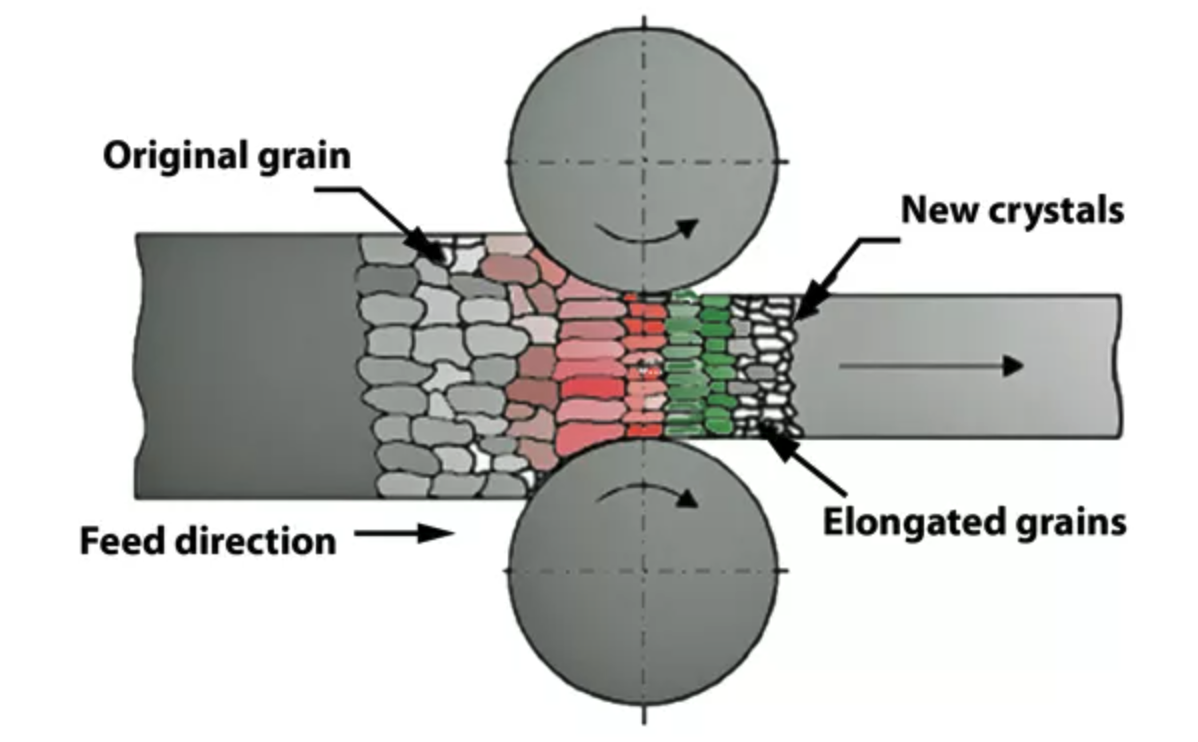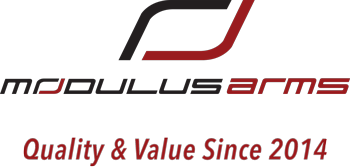Posted by Modulus Arms on 19th Nov 2021
80 Lower: Forged vs Billet
The AR’s receiver design is simple enough that given the time and effort, one can even make a stripped lower receiver out of aluminum cans. AR lower receivers and 80 lowers available on the market today have several manufacturing options compared to when Jim Sullivan scaled down Eugene Stoner’s AR10 to produce the first AR15. Metallurgy has also come a long way since CNC machining has shrunk in cost and grown in efficiency. Today, we explore the two leading methods of producing receivers, forged and CNC cut aluminum billets, along with where each of their respective advantages lie.
What is metal grain?
To understand what makes a lower receiver strong and disperse heat, one must first understand the metal grain consisting of the overall shape of the aluminum receiver. When molten aluminum solidifies, its crystalline lattice structure takes shape as microscopic grains. Heat treatments and processing techniques can be employed to make these grains smaller or face in the same direction with each other.
The grain structure is critical to determining the aluminum’s structural properties such as strength and heat conductivity. A smaller grain composition leaves less pockets between the grain and helps strengthen the overall receiver. Making the grain composition smaller is a common technique to improve the material’s ability to resist fracturing and deformation. A material of larger grains is more subject to failure and fracturing under stress.
How does grain affect 80 lower strength?
The material becomes stronger when the grains face the same direction, which can be achieved by rolling the metal with a really really powerful rolling pin-like machine or squeezing it through a shaped hole.
In the diagram shown, the aluminum is fed through the pins to stretch the grains into smaller structures. The resulting shaped aluminum after further treatment will resemble something that is more suitable for processing into an 80 lower.
7075-T6 vs 6061-T6
Lower receiver materials use either 6061-T6 or 7075-T6 aluminum. 6061-T6 aluminum is a strong yet softer alloy that is more pliable to be worked on. While 7075-T6 aluminum is more expensive, most manufacturers now opt for the 7075-T6 for its doubled tensile strength over that of 6061-T6. 6061-T6’s higher zinc composition can better protect it from corrosion, the same effect can be achieved by having a receiver with a cerakote finish.
Due to its extra strength, 7075-T6 is used to make forged lower receivers. Because it's soft enough 6061 T6 can be efficiently made by CNC machines. Now, 6061 T6 isn't necessarily too soft for the forging process and there's no real answer to why this aluminum isn't used to make forged lowers when there are plenty of non-firearm related products that are forged in this material. Our general hypothesis is that this just an industry standard practice due to production efficiency, paired with the fact that there really are only a couple of main companies that forge all the lower receivers in the country.
How is Forged 80 Lower made?
Using two pieces of superheated aluminum, a hammer forge presses the two parts together to form the base template of the forged lower. This step produces what's known as a 20 percent lower receiver. Kind of how you get that annoying line of small crumbs and dust stuck right outside in front of the dust pan when sweeping, the forging process leaves a line of displaced aluminum in between where the pieces of aluminum meet together to become a solid piece. In the finishing process, this line and areas on the forged lower that need tooling will be carved out to become something closer to what the average consumer can work with. The buffer tube ring is broached, the takedown pin slots are drilled, the magazine release hole is bored, the trigger guard space is finished, and the magwell is made.
What are the disadvantages and advantages of a forged 80 lower?
The step between a 20% lower to becoming an 80 lower is what some attribute to a higher potential for a mistake in forged lowers, too much or too little material being milled, resulting in a loose fitting. In between the forged lower however, the grain follows a pattern where it wraps around the forged lower unlike facing a straight line as found in the billet lower. This difference is what contributes to the noted strength in a forged lower over a billet lower.
How is a Billet 80 Lower made?
CNC cutting aluminum is a relatively quick process but making a billet 80 lower means starting from a single solid block of quality aluminum rather than a rough receiver shape as one would start the tooling process with making a forged lower. A CNC machine guided by extreme precision shapes the block into a complete receiver using a CAD file of the desired model. As more tooling is needed, costs for a billet 80 lower receiver is typically higher than that of a forged 80 lower.
What are the disadvantages and advantages of a billet 80 lower?
The CNC process achieves tight tolerances and can expect to achieve as little as 0.254 Millimeters to 0.127 millimeters of wiggle room. The less non-moving components that move, the better the accuracy. Having a better fit also reduces the amount of debris that builds up in your firearm. This manufacturing process offers the most liberty in design, allowing for a lot more variety of shapes and intricacies in billet 80 lower receivers. The nature of starting from an aluminum block however means there is a greater potential to have excess material remaining on the billet lower, contributing to a couple ounces of more weight.
As the billet lower is made entirely from one single block of aluminum, the grain of the entire billet lower faces the same linear direction. This doesn’t offer the same strength as a curved uninterrupted grain pattern composition that can be found in a forged lower. However, to notice the durability difference requires you to be manhandling your receivers with Hulk-like levels of strength.
Get your next 80% lower from Modulus Arms!
Have you decided on a type of lower yet? Get your next 80 percent billet lower or forged lowed from Modulus Arms! Don't forget to check out our Router Jig Extreme as well. The Router Jig Extreme is great for finishing any mil-spec 80 lower regardless of it being forged or a CNC-cut billet. It’s user-friendly with all levels of experience and can help you deliver a finished lower in an afternoon in your garage. Once you finish milling out your 80% lower, don't forget to pick up a lower parts kit to actually complete it!

